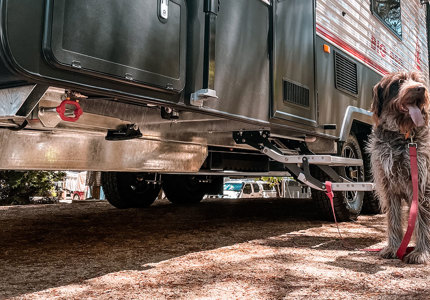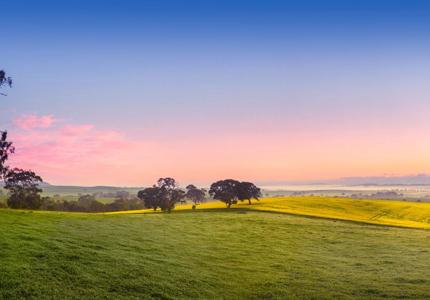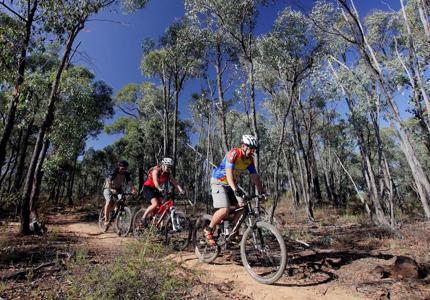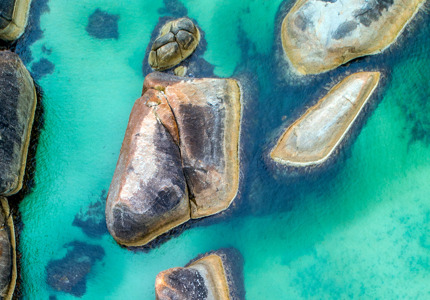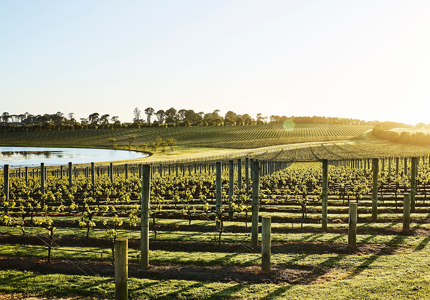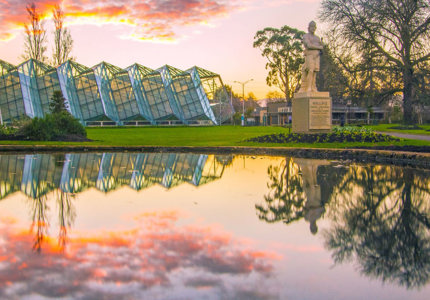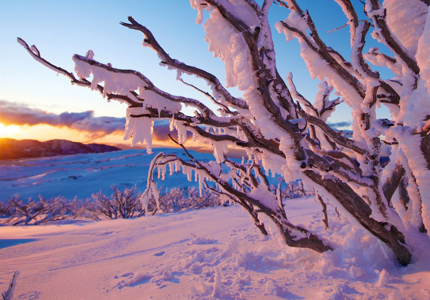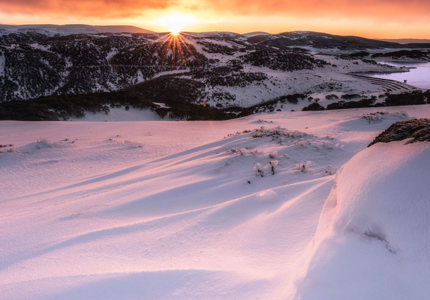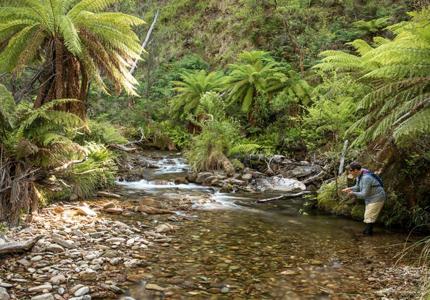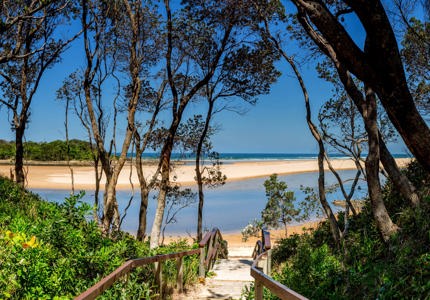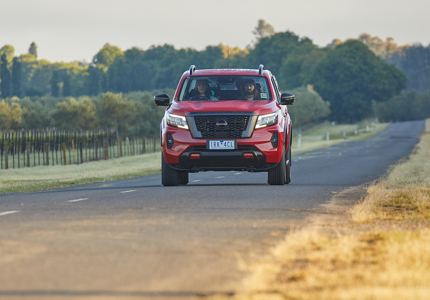Bush Tucker Garden - Bullawah Cultural Trail
Historical Sites and Heritage Locations
Walk in the footsteps of the Bpangerang people, who have lived here for thousands of years and discover local native plants, trees, shrubs, grasses and herbs found in North East Victoria.
Learn fascinating facts about how plants were used for food, fibre and medicine and how Aboriginal people understood 'Country' and managed it sustainably.
The Bush Tucker Garden is approximately 1.8 kilometres from the start of the Bullawah Cultural Trail in Apex Park Wangaratta.
The design of the garden with its bending paths and circular nodes was inspired by the rivers natural bends and deep water holes made by the Carraragarmungee (big fish).
The Aboriginal diet was very healthy and mostly plant based. Plants were eaten raw and so were always fresh. Meat was only occasionally available and dependent on a successful hunt.
Aboriginal people relied upon the land to sustain them. They understood the seasons, the inter connectivity of the native plants and animals and how to 'Care for Country' to keep it and them healthy.
Aboriginal people understood when plants were ripe to eat and how to process them, so that they could be safely eaten.
Site access: During the winter months the trail is prone to flooding.
The Bush Tucker Garden is approximately 1.8 kilometres from the start of the Bullawah Cultural Trail in Apex Park Wangaratta.
The design of the garden with its bending paths and circular nodes was inspired by the rivers natural bends and deep water holes made by the Carraragarmungee (big fish).
The Aboriginal diet was very healthy and mostly plant based. Plants were eaten raw and so were always fresh. Meat was only occasionally available and dependent on a successful hunt.
Aboriginal people relied upon the land to sustain them. They understood the seasons, the inter connectivity of the native plants and animals and how to 'Care for Country' to keep it and them healthy.
Aboriginal people understood when plants were ripe to eat and how to process them, so that they could be safely eaten.
Site access: During the winter months the trail is prone to flooding.






